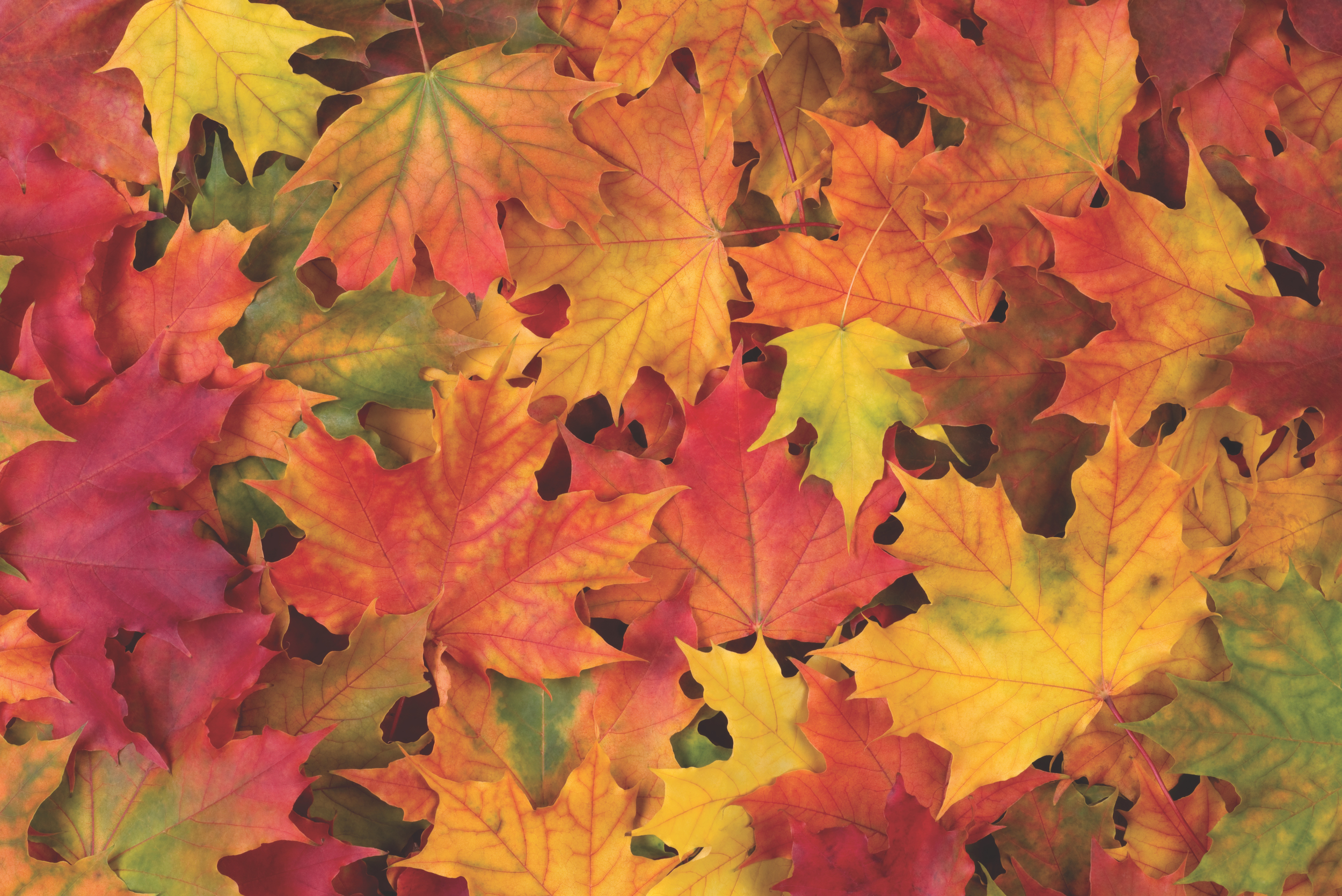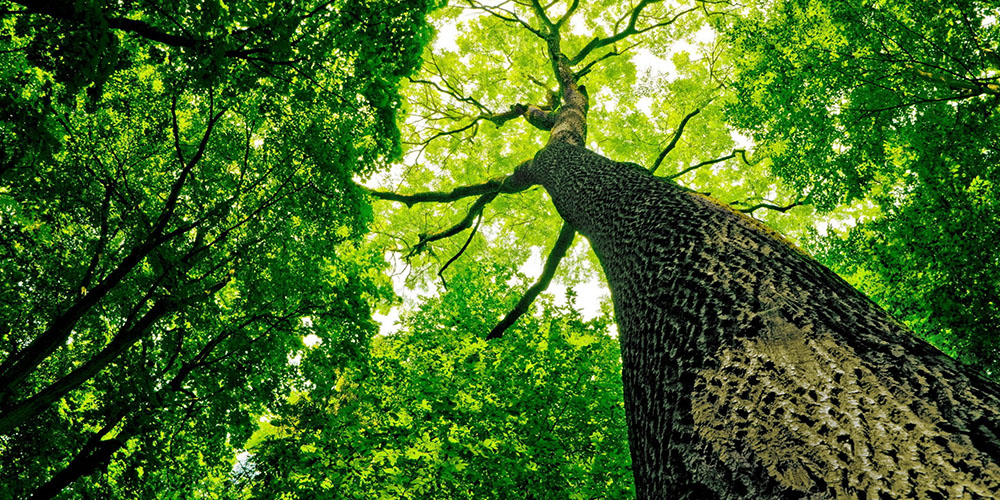Signs of Fall
Students will look for signs of autumn and conduct an investigation to discover why the leaves of deciduous trees change color in the fall.
Objectives
Students will
- Identify and describe the signs of fall they observe outside.
- Understand why leaves of deciduous trees change color in the fall.
For the complete activity and more like this, purchase the Explore Your Environment: K-8 Activity Guide at Shop.PLT.org and/or attend a professional development training in your state.
Explore Your Environment: K-8 Activity Guide is a supplementary curriculum that is multi-disciplinary, with an emphasis on science, reading, writing, mathematics, and social studies.
Each activity displays explicit connections to practices and concepts expected by the following national academic standards so teachers can easily see where the materials will fit into their lesson plans:
- Next Generation Science Standards (NGSS)
- Common Core Toolkit, includes
- English Language Arts (CCSS.ELA)
- Mathematics (CCSS.MATH)
- College, Career, and Civic Life Framework for Social Studies (C3)
Our professional development further demonstrates these connections, as well as to state and local standards, contact your state coordinator.
STEM: Signs of Fall
Engage students in STEM teaching and learning as they investigate the variables that cause leaves to change color with PLT’s Activity 78: Signs of Fall.
Where’s Rodney?
Where’s Rodney? Grades K-2 Written by: Carmen Bogan Illustrated by: Floyd Cooper Published by: Yosemite Conservancy, 2017 ISBN-13: 9781930238824 Recommended Reading Rodney can’t seem to sit still. At school, he is always more interested in what is happening outside the window than what is going on inside the classroom. Rodney has a reputation for... Read more »
Welcome to New Zealand – A Nature Journal
Welcome to New Zealand: A Nature Journal Grades 3-5 ISBN-13: 978-0763674779 Candlewick, 2015 Recommended Reading Are you interested in studying cloud formations or moon phases? Urban ecosystems or wetland areas? The forest canopy or tidal pools? No matter your topic of study, Morris’ Welcome to New Zealand: A Nature Journal has inspiration for you. ... Read more »
EE Resources
Podcast: Fall Color is Key
“Fall Color Is Key.” Trees Are Key, Episode 21. The first 6-minute segment of this podcast explains why deciduous trees drop their leaves and what causes their leaves to change color, and answers commonly-asked questions about fall color. Geared for adults, Trees Are Key is a series of over 300 podcasts by Texas A&M Forest... Read more »
Video: Photosynthesis and Respiration in Trees
“Photosynthesis and Respiration in Trees.” This 5:41-minute video explains the two important chemical processes that occur in trees: photosynthesis and respiration. It is one of a series of BeLeaf It or Not! videos by Michigan State University Extension, which are geared for students.
Video: Why Do Leaves Change Color In Fall?
“Why Do Leaves Change Color in the Fall?” This 6:59-minute video explains the remarkable transition forests undergo from summer to winter, including changes in leaf color. It is one of a series of BeLeaf It or Not! videos by Michigan State University Extension, which are geared for students.
Science of Seasons
Check out the Science of Seasons page from the Forest Service Northern Research Station. This extensive resource includes podcasts, research stories, and publications related to the impacts winter has on forest ecosystems. Learn why you should resist the temptation to call winter the “dormant season.” From the soil to hydrology to wildlife, there is much... Read more »
Journey North
Discover the seasonal changes that are all around us! Follow animal migrations by observing, reporting, and tracking their travels across the hemisphere. Citizen scientists, across North America, share their own observations of migrations and other signs of the seasons. Journey North is a free online program and mobile app presented by Annenberg Learner.
Identify Trees from Leaves
Leafsnap is a free app that uses visual recognition software to help identify tree species from leaf photographs you take in the field. Leafsnap currently focuses on tree species found in the Northeastern United States and Canada, but expansion is underway to include all U.S. regions.
The Science of Fall Leaves
The US National Arboretum has collected online resources on the science of fall foliage. Resources include “The Science of Color in Autumn Leaves,” which describes how and why leaves change color; an extensive photo gallery of trees in fall color; and a list of “Selected Plants Providing Colorful Autumn Foliage.”
Citizen Science Programs
Project BudBurst is a network of people across the United States who monitor plants as seasons change. Use Project Learning Tree activities to get your students outside, and use Project BudBurst to help them see how their seasonal observations about plants compare to those being made all across the country. In addition to collecting scientifically... Read more »
A Forest Year
Check out this video, which captures 15 months of a forest’s life. This 3-minute time lapse video was created from 40,000 photographs. Photographer Samuel Orr took pictures out of the same window in his home to create this forest montage. This forest snapshot is just outside of Bloomington, Indiana and was photographed between 2006 and... Read more »
Create Your Own Book App
Be the author, illustrator, and editor of your own literary adventure with Book Creator, an app that can be downloaded for the iPad from the iTunes store. Book Creator allows anyone to create and share their own journals, text books, children’s picture books and photobooks that can be designed with a multitude of text and... Read more »
Digital Notebook Template
Want to go paperless in your classroom and experiment with digital note keeping? Read educator Nick Mitchell’s Scientific Teacher blog for ideas to transform the way you and your students take notes. This blog details using digital notebooks in the classroom, including basic information on why digital notebooks are useful and how to get started... Read more »
Login to download supporting materials such as appendices and teaching tips.
Login
 Get this Guide
Get this Guide
 Find Training
Find Training



